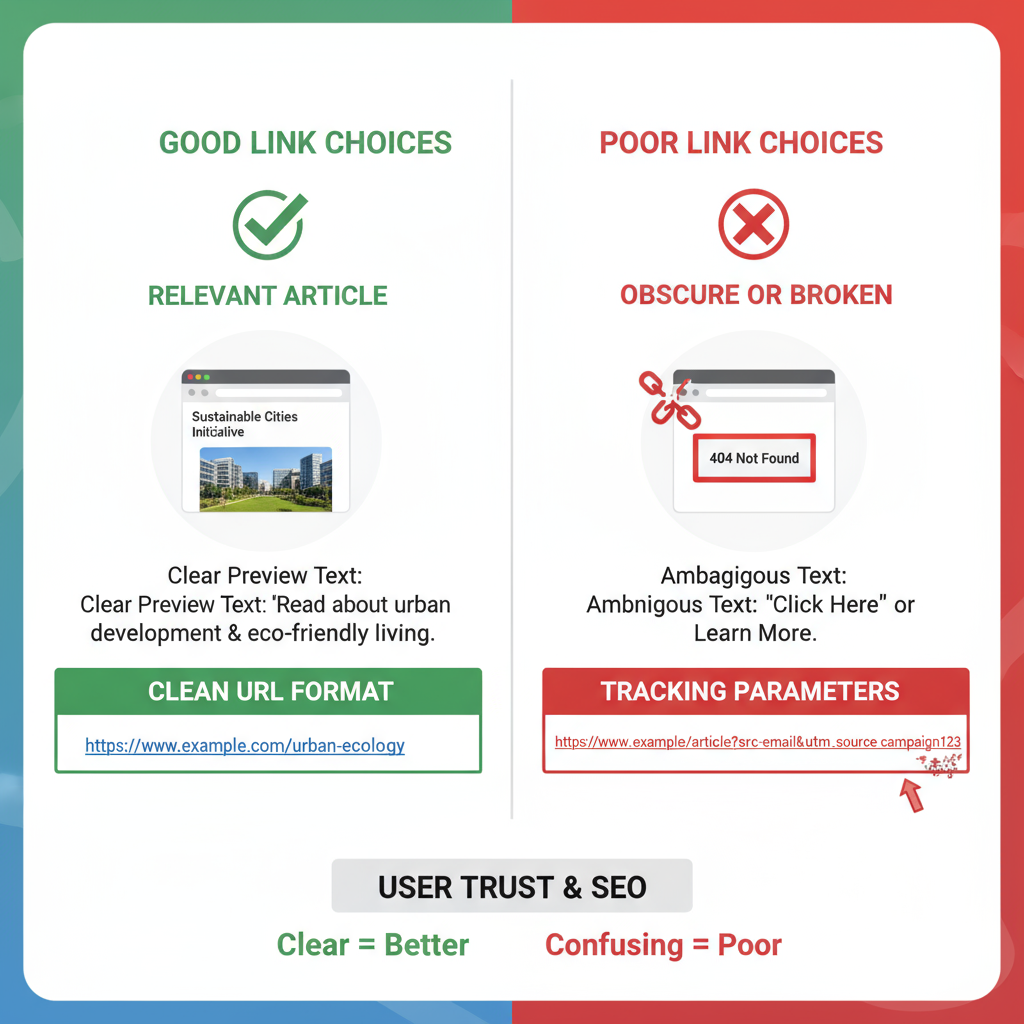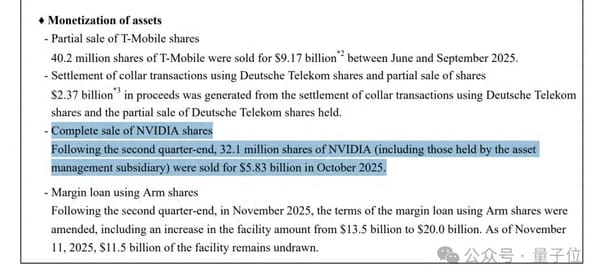How to Add a Link to a Facebook Post Effectively
Learn how to add and optimize links in Facebook posts, from creating effective previews to using OG tags for higher engagement and click-throughs.

How to Add a Link to a Facebook Post Effectively
Facebook is still one of the most powerful platforms for both personal expression and business marketing. Knowing how to add a link to a Facebook post effectively can significantly boost your click‑through rates, engagement, and overall audience reach. In this step‑by‑step guide, you’ll learn how Facebook processes links, how to add them on both desktop and mobile devices, and how to optimize your posts for maximum engagement.

---
Understanding How Facebook Handles Links in Posts
When you paste a link into the Facebook post composer, the platform’s crawler loads the page and generates a link preview. This typically includes:
- A thumbnail image (from the Open Graph image set on your site)
- Title and description (from the page’s metadata)
- The clickable URL
The preview is automatically created from metadata such as:
- Open Graph (OG) meta tags: `og:title`, `og:description`, `og:image`
- HTML `` or on‑page content if OG tags are missing</li></ul><p>A strong link preview matters because:</p><ul><li>Posts with appealing images and clear descriptions gain higher engagement.</li><li>A quality thumbnail boosts click likelihood.</li><li>Missing or poor previews can make a post look untrustworthy.</li></ul><p>---</p><h2>Choosing the Right Type of Link Content</h2><p>Different link types encourage different user actions. Common examples include:</p><ol><li><strong>Web Pages / Blog Articles</strong> – Ideal for driving traffic to your site.</li><li><strong>Videos</strong> – YouTube, Vimeo, or direct video URLs often embed playable previews.</li><li><strong>Documents</strong> – PDF or Google Drive links (noting any preview restrictions).</li><li><strong>Social Media Profiles</strong> – Links to Instagram, LinkedIn, etc., to foster cross‑platform engagement.</li></ol><p><strong>Pro tip:</strong> Avoid linking to content behind multiple logins or paywalls unless necessary—these cause high drop‑off rates.</p><p>---</p><h2>How to Copy the Correct Link (URL Formats and Tracking Parameters)</h2><p>Copying the wrong version of a link can harm its accessibility and tracking clarity. Best practices:</p><ul><li><strong>From a browser:</strong> Click the address bar and copy the full URL.</li><li><strong>From mobile apps:</strong> Use “Share” or “Copy link.”</li><li>Remove excess tracking parameters unless needed for analytics (`utm_source`, `utm_campaign`).</li><li>Ensure the link begins with `https://` to promote trust.</li></ul><p>Example with tracking:</p><pre><code>https://example.com/blog/marketing-tips?utm_source=facebook&utm_medium=social&utm_campaign=jan2024</code></pre><p>Only add tracking parameters when intentional—long, messy URLs can look unappealing.</p><p>---</p><h2>Pasting a Link into Facebook (Desktop and Mobile)</h2><h3>On Desktop</h3><ol><li>Start a new post on your Page, Profile, or Group.</li><li>Paste the link directly in the post composer.</li><li>Wait for the preview to generate.</li><li>Optionally delete the raw link text—the preview remains clickable.</li></ol><h3>On Mobile</h3><ol><li>Open the Facebook app, tap “What’s on your mind?”</li><li>Paste your link.</li><li>Wait for the thumbnail and description to appear.</li><li>Add your caption, hashtags, and emojis.</li></ol><p><strong>Note:</strong> Links placed in comments won’t create a full preview.</p><figure class="kg-card kg-image-card"><img src="https://blog.aitoearn.ai/content/images/2025/09/how-to-add-link-to-facebook-post_02.png" class="kg-image" alt="On Mobile — how to add link to facebook post" aria-label="On Mobile — how to add link to facebook post" loading="lazy"></figure><p>---</p><h2>Wait for the Preview Before Editing Text</h2><p>If you type over the link too quickly, you might remove the preview entirely. To avoid this:</p><ul><li>Paste the link.</li><li>Wait for the preview box.</li><li>Add captions and hashtags after the preview loads.</li><li>Delete the raw link in the text area if preferred—the preview remains active.</li></ul><p>---</p><h2>Customizing Descriptions and Thumbnails</h2><p>While editing options are limited for Facebook Pages:</p><ul><li>Optimize your site’s OG tags for thumbnail, title, and description.</li><li>Use high‑quality 1200×630 px images.</li><li>Limit meta titles to ~60 characters and descriptions to ~110 for ideal display.</li><li>Use the <strong>Facebook Sharing Debugger</strong> to refresh cached previews after updates.</li></ul><p>---</p><h2>Posting Multiple Links or “Link in First Comment”</h2><ul><li>Facebook previews only the first link in a post.</li><li>Put your primary link first if including more than one.</li><li>Some marketers post the link in the first comment to boost reach on image‑heavy posts—test this to see if it works for your audience.</li></ul><p>---</p><h2>Adding Clickable Links in a Facebook Story</h2><p>Story link options are limited for personal profiles. Businesses and pages with eligibility may:</p><ul><li>Add a “See More” or swipe‑up link.</li><li>Cross‑post Instagram Stories with link stickers.</li><li>Otherwise, share links as on‑screen text for manual entry.</li></ul><p>---</p><h2>Boosting Reach with Link Posts</h2><p>For better organic reach:</p><ul><li><strong>Timing:</strong> Post when followers are most active (check Insights).</li><li><strong>Hashtags:</strong> Use keyword‑rich, relevant hashtags.</li><li><strong>Cross‑share:</strong> Publish to relevant Groups and partner Pages.</li><li>Tag relevant Pages or people for greater visibility.</li><li>Keep post types varied—mix link posts with videos, images, polls.</li></ul><p>---</p><h2>Common Mistakes to Avoid</h2><ul><li>Posting broken or incorrect links.</li><li>Omitting `https` in URLs.</li><li>Using excessively long or cluttered URLs.</li><li>Linking to unsafe sites (risking Facebook’s spam filters).</li></ul><p>---</p><h2>Troubleshooting Missing Link Previews</h2><p>If your link preview won’t show:</p><ol><li>Check your site’s OG meta tags.</li><li>Run the link through the <strong>Facebook Sharing Debugger</strong>.</li><li>Click “Scrape Again” to clear cache.</li><li>Ensure Facebook’s crawler isn’t blocked by your server.</li></ol><figure class="kg-card kg-image-card"><img src="https://blog.aitoearn.ai/content/images/2025/09/how-to-add-link-to-facebook-post_03.png" class="kg-image" alt="preview-fix" aria-label="preview-fix" loading="lazy"></figure><p>---</p><h2>Measuring Clicks and Engagement</h2><h3>Using Facebook Insights</h3><ul><li>Open your post metrics in Page Insights.</li><li>Monitor Link Clicks, Post Clicks, Reach, and Engagement Rate.</li></ul><h3>Using UTM Tracking</h3><ul><li>Add UTM parameters for campaign measurement in Google Analytics.</li></ul><p>Example:</p><pre><code>https://yoursite.com/product?utm_source=facebook&utm_medium=social&utm_campaign=spring-launch</code></pre><p>Benefits:</p><ul><li>Understand which Facebook posts drive the most traffic.</li><li>Analyze post timing against on‑site user behavior.</li></ul><p>---</p><h2>Quick Reference Summary</h2><p>Below is a summary table for <strong>how to add a link to a Facebook post</strong>:</p><table> <thead> <tr> <th>Step</th> <th>Action</th> <th>Notes</th> </tr> </thead> <tbody> <tr> <td>1</td> <td>Copy correct, public URL</td> <td>Ensure https, remove unnecessary parameters</td> </tr> <tr> <td>2</td> <td>Paste in post composer</td> <td>Use desktop or mobile method</td> </tr> <tr> <td>3</td> <td>Wait for preview</td> <td>Check thumbnail and text before editing</td> </tr> <tr> <td>4</td> <td>Add caption & optimize</td> <td>Engaging text, hashtags, emojis</td> </tr> <tr> <td>5</td> <td>Publish & monitor</td> <td>Track with Insights & UTM tags</td> </tr> </tbody> </table><p>---</p><h2>Final Thoughts</h2><p>By following these steps for <strong>how to add a link to a Facebook post</strong>, you can present your content in a way that looks professional, attracts attention, and encourages clicks. Small optimizations—like better thumbnails, preview text, and correct link formatting—can make a big difference in performance.</p><p>Start applying these tips today to make every Facebook link post count and drive more meaningful traffic to your chosen destination.</p></body>




